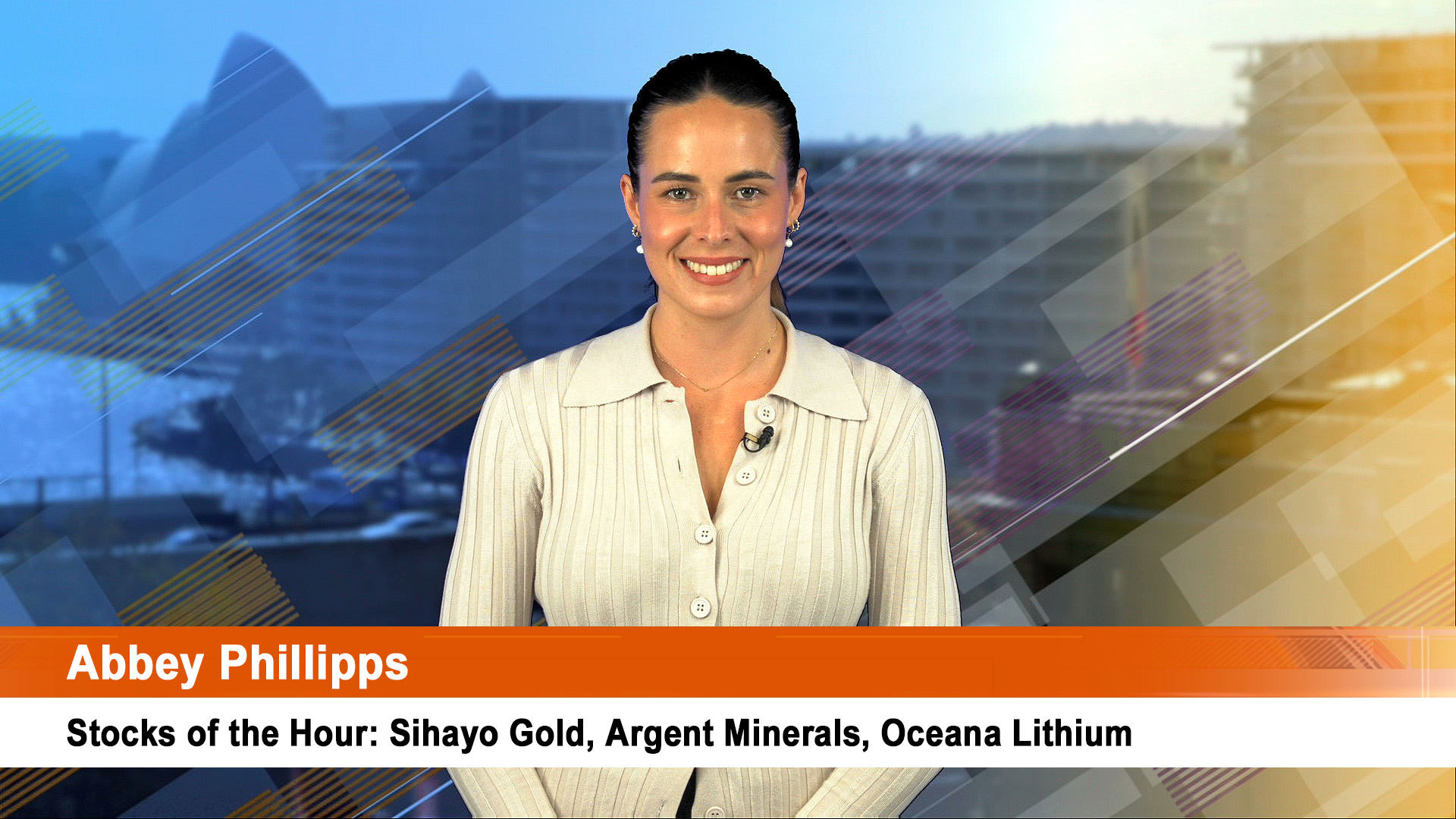Some of our most vital export markets are facing a worsening in growth prospects for 2012.
China and India have warned their economies face a tough year.
China is our biggest export market and India is number four.
And we have also seen a bigger than expected souring in business confidence in our second biggest market, Japan.
Concern about the slowdown in China, especially in property and the eurozone debt crisis, has seen the Shanghai stockmarket slump 30% from this year’s peak on April 18.

It has hit a series of 33 month lows in the past week and closed lower again yesterday after the release of more weak data.
The so-called "flash” estimate from HSBC yesterday for its survey of Chinese manufacturing showed another month of contraction.
The reading was 49, above the 47.7 final reading for November, which would be good news if sustained in the final report at the end of this month.
And official figures yesterday showed foreign direct investment in China fell last month from November of last year, the first such fall since July 2009.
China’s Ministry of Commerce said investment fell 9.8% to $US8.76 billion, after expanding 8.8% in October.
It could be a one-off, but coming amid worries about growth and the economy, it was seen by Chinese commentators as being a bit more symbolic than it really was.
But the news worried investors in Shanghai where it extended its recent losing run for another nasty fall of 2.1%, while Hong Kong was off 1.8%.
And India warned midweek that emerging market economies are beginning to "falter" and China’s top economic policymakers described the global outlook as “extremely grim and complicated”.
Both countries are experiencing falling economic growth, production (and at long last falling prices), weakening property prices, and are being buffeted by the impact of the euro crisis which is impacting exports.
On top of this, the other major emerging economy, Brazil, saw economic growth come to a halt in the September quarter, despite rate cuts.
China’s Communist party ended its most important economic meeting of the year with an agreement to focus on maintaining fast economic growth next year, amid what it saw as a worsening outlook.
The annual three-day Central Economic Work Conference for top Communist officials sets policy for the coming year and this meeting clearly signalled that the leaders of the world’s second-largest economy (and Australia’s most important export market) are concerned about a slowdown in growth.
It is a message that has been emerging for the past month in speeches, statements and think pieces on official websites and news outlets in China.
The statement issued after this week’s meeting ended on Wednesday saw a leading economist say that "growth has replaced inflation as Beijing’s top policy concern".
According to Qu Hongbin, co-head of Asian economics research at HSBC, "The economy is likely to slow further, calling for more aggressive easing measures".
We have already seen one small easing with the drop in the Reserve Ratio for banks at the end of November and next will come a rate cut, according to a growing number of forecasts.
That prospect was underlined by this part of the statement issued after Wednesday’s meeting and posted on Xinhua.
"It will preset or fine-tune monetary policy according to changes in economic development, employ multiple monetary policy tools and maintain a reasonable increase in money and credit supply," the statement said in outlining the key part of the country’s economic policy.
Note the use of the words "fine tune monetary policy according to changes in economic development".
That means rate cuts and further reductions relaxation of the controls on bank lending if growth slows too sharply or production drops even further, which are both real prospects for the first half of next year.
China’s November economic data showed acceleration in the slowdown, driven primarily by slowing housing sales and construction activity and sliding exports, particularly to Europe.
The fall in crude steel production in November to just over 49 million tonnes (we highlighted earlier this week) is a very visible indicator of the slowdown.
Steel production is running at a 10 month low and will struggle to return to the near 60 million tonnes a year level it was hitting in the first five months of 2011.
This week’s conference agreed to set the main theme of next year’s economic and social development as "making progress while maintaining stability", the statement said.
The plans mapped out at the conference will chart the course for China of next year’s economic work. 2012 is also vital because of the change of leadership expected in the last quarter of the year
"Stability means to maintain basically steady macro-economic policy, relatively fast economic growth, stable consumer prices and social stability," the statement said.
"To make progress, we must seize this strategically important development period to make new advances and breakthroughs in transforming China’s economic development model, deepen reform and improve people’s lives," it said.
Wednesday’s official statement indicates Chinese policy makers’ intention to shore up growth while avoiding reawakening inflation which now seems to be under control, but not without a huge cost.
"China must stabilize economic growth to prevent a













